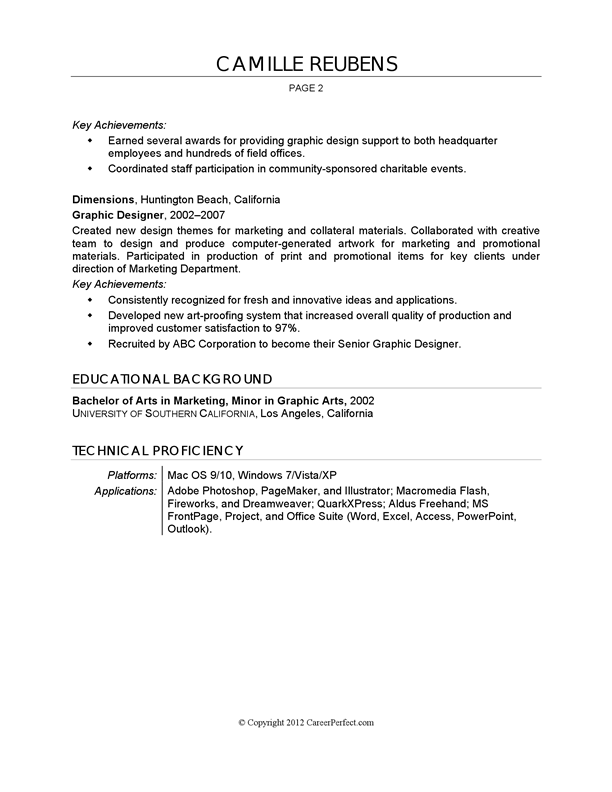Excel Serial Communication Example On A Resume
This is for people experienced with VBA. It's some VBA code that I have found on the Net and have found very useful in Excel.
It allows serial input into Excel without having the need to use MS Comm controls. So it's much easier to distribute an Excel solution to people across different versions of windows and without worrying about library references. I can't say I even understand some of it, but it works! All credits to the author: David M. Hitchner Put the comms code into a module.

Aug 29, 2008. It allows serial input into Excel without having the need to use MS Comm controls. And here's an example of calling the routines. The actual code itself is very complex for a novice, however it offers a very nice direct communication path into Excel, without the fuss of having to check on libraries etc.
I've had to split the code into 2 files, just add 2 below 1. Well I'm not sure this is going to help you, because if you don't have experience of using VBA in Excel then this is probably just going to generate a series of questions. Excel has a very comprehensive help system to teach you about VBA - that's the way I learnt, through many hours of hard work. Simply right click on any worksheet tab and you'll see a menu item saying 'view code'. Click that and it will take you into the Visual Basic editor. Then select Insert>Module from the menu. Then paste the code I supplied into the module.

I'm sorry, you will have to work it out for yourself. I've given some advice above about the key things to call.
The actual code itself is very complex for a novice, however it offers a very nice direct communication path into Excel, without the fuss of having to check on libraries etc. Good luck - you might need it. I've generally steered away from APIs as most of the examples in the Visual Studio help seem to be directed at C++ type languages and they use slightly different commands or syntax. I have used the API viewer in VB6, but without some guidance you can import a bunch of irrelevant stuff that doesn't seem to do very much.
I have managed to get one very handy set of APIs to work which I use quite a lot. It allows you to call an external executable and wait until it is finished before moving on to the next line of my code.
I've generally steered away from APIs as most of the examples in the Visual Studio help seem to be directed at C++ type languages and they use slightly different commands or syntax. I have used the API viewer in VB6, but without some guidance you can import a bunch of irrelevant stuff that doesn't seem to do very much. I have managed to get one very handy set of APIs to work which I use quite a lot. It allows you to call an external executable and wait until it is finished before moving on to the next line of my code.
It is designed for training purposes but could be modified to suit your individual needs. This is not a tutorial for beginners. If you have successfully completed other projects of mine then you may wish to give this a burl. The template for order and inventory management is available for download below and all of the code will be included in the article. To help with the learning process I have added videos to show the steps involved.
Bryan Adams Summer Of 69 Mp3 Download Skull. If you want to customize order and inventory management with userforms to your needs may I suggest that you go through the tutorials and get this working as I have created it and then customize the project? You will have better success if you first understand how the application is pieced together. This application is could possibly be used for a small business application. An Access database would be a better for a larger volume of data. What you will learn in “Order and Inventory Management with Userforms” Extensive userform tutorials Looping through userform controls Vlookup in userforms Multiple dependent lists in userforms Dynamic named ranges Static named ranges Dependent data validation lists Conditional formatting Protect and unprotect with code IF function Vlookup function Navigation with hyperlinks Sorting data without selecting Advanced Filters Dynamic charts Download the free template to get you started. Note: This is not the completed project it is a template to help with the project.